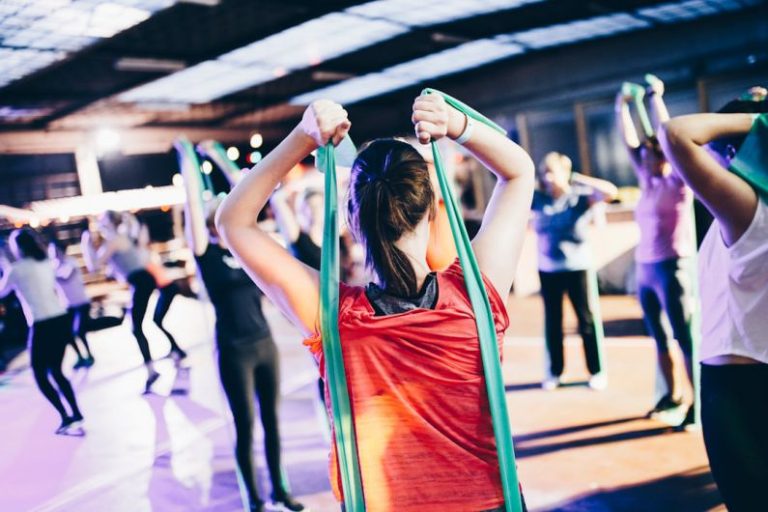The Role of Rest Days in Fitness
Rest Days: The Key to Optimal Fitness Performance
In the world of fitness, there is a common misconception that the more you work out, the better results you will achieve. While consistent exercise is essential for improving strength, endurance, and overall health, the role of rest days in a fitness routine is often overlooked. Rest days are not just about lounging on the couch; they are crucial for allowing your body to recover and adapt to the stress of exercise. Let’s delve into why rest days are essential for achieving your fitness goals and how to incorporate them effectively into your routine.
The Importance of Rest Days
Rest days are not a sign of weakness; they are a vital component of any well-rounded fitness program. When you engage in physical activity, whether it be weightlifting, running, or yoga, you are placing stress on your muscles, joints, and cardiovascular system. This stress is necessary to stimulate growth and improvement, but without adequate rest, your body will not have the opportunity to repair and strengthen itself.
During exercise, small tears occur in your muscle fibers, and it is during rest that these fibers are repaired and rebuilt stronger than before. Additionally, rest days allow your body to replenish energy stores, regulate hormone levels, and reduce the risk of overtraining and injury. Without proper rest, your performance may plateau, and you may experience symptoms of fatigue, decreased motivation, and even mood disturbances.
Listen to Your Body
While it is essential to follow a structured workout routine, it is equally important to listen to your body’s signals and adjust your plan accordingly. Pay attention to how you feel both during and after exercise. If you are experiencing persistent muscle soreness, decreased performance, or feelings of exhaustion, it may be a sign that you need to incorporate more rest into your schedule.
Every individual is unique, and the amount of rest needed varies depending on factors such as age, fitness level, and training intensity. Some people may thrive on high-intensity workouts several days a week, while others may require more frequent rest days to recover fully. The key is to find a balance that works for you and allows you to progress towards your fitness goals without sacrificing your health and well-being.
How to Incorporate Rest Days
When planning your fitness routine, be sure to schedule regular rest days to give your body the time it needs to recover and adapt. Rest days do not mean you have to be sedentary; light activities such as walking, stretching, or yoga can help promote blood flow, reduce muscle stiffness, and enhance recovery.
In addition to incorporating rest days into your weekly schedule, consider implementing deload weeks or periods of lower-intensity training to allow your body to fully recover from more intense workouts. Deloading involves reducing the volume or intensity of your workouts for a short period, typically every 4-6 weeks, to prevent burnout and promote long-term progress.
Stay Consistent and Patient
Achieving your fitness goals requires dedication, consistency, and patience. While it can be tempting to push yourself to the limit every day, remember that progress is not always linear, and setbacks are a natural part of the journey. By prioritizing rest days and listening to your body’s needs, you can optimize your performance, prevent injury, and sustain your motivation in the long run.
In conclusion, rest days are not a luxury; they are a necessity for anyone looking to improve their fitness and overall well-being. By giving your body the time it needs to rest, recover, and repair, you can enhance your performance, prevent burnout, and enjoy sustainable progress towards your goals. Remember, fitness is a marathon, not a sprint, so be kind to your body, listen to its signals, and embrace the power of rest in your fitness journey.






